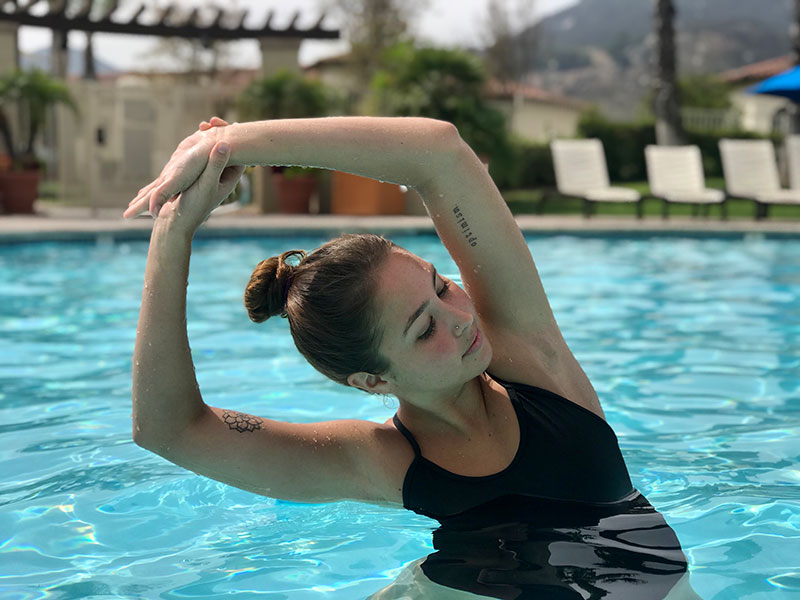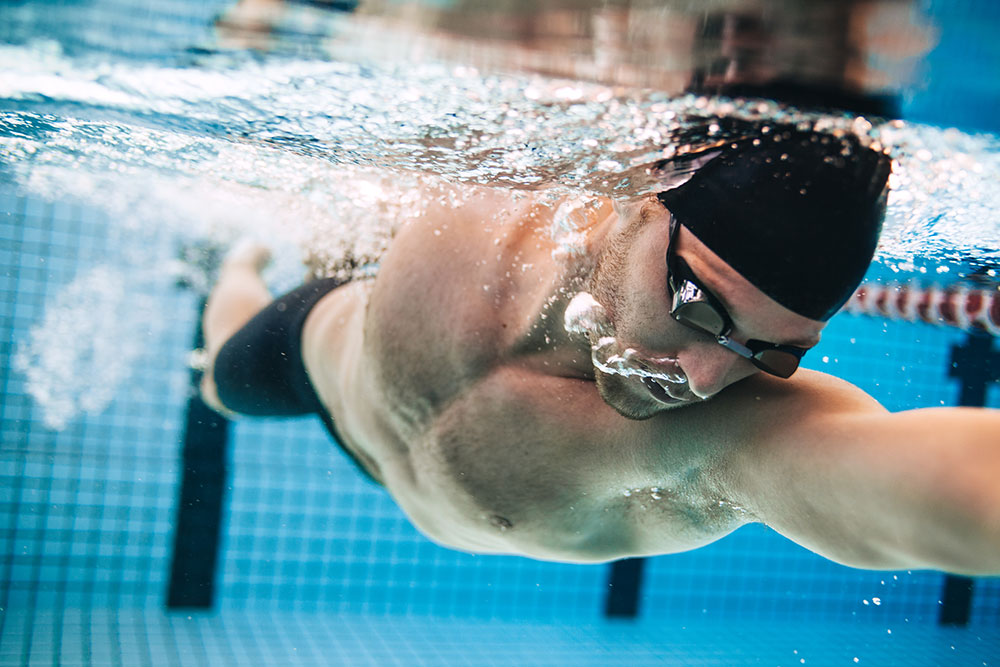by Jonathan Seidberg PT, DPT | Biltmore Location
Are you having trouble sticking with your exercise program because you’re bored with your usual program? Do you feel there’s just not enough time to exercise? Or maybe it’s just too hot? There are a ton of excuses that we make up for not exercising. Living in the desert heat doesn’t make it any easier. However, there is a simple way to address your exercise blues with just one type of activity; aquatic therapy.
Why Aquatic Therapy?
Aquatic therapy serves as a tool for many types of ailments and age groups. It’s not just for people with significant swimming experience or a specific age group. Aquatic therapy can assist those with various musculoskeletal issues, such as pain relief, tight muscles, sore or arthritic joints, strength building, balance training, and resistance training. Neurological issues, such as those with a medical history of stroke, Parkinson’s disease, and Multiple Sclerosis, would greatly benefit too.
What is Aquatic Therapy?

According to the Aquatic Physical Therapy Section of the American Physical Therapy Association, Aquatic Therapy is “the evidence-based and skilled practice of physical therapy in an aquatic environment,” which includes treatment, rehabilitation, prevention, health, wellness, and fitness with or without the use of assistive, adaptive, orthotic, protective, or supportive devices and equipment. Basically, exercises are performed in water for relaxation, fitness, physical rehabilitation, and other therapeutic benefits. The specific properties of water make aquatic therapy much different from land therapy as individuals can use water for resistance in place of gravity or weights.
10 Benefits of Aquatic Therapy
- Decreased edema (swelling caused by excess fluid trapped in your body’s tissues)
- Decreased pain
- Increased blood supply to the muscles/Increased circulation
- Increased metabolism
- Increased joint movement
- Increased muscle power
- Increased balance
- Increased endurance
- Injury prevention
- The buoyancy provided by the water
Tips for Preventing Swimming Injuries

- To maintain shoulder stability, mobility, and pain-free swimming, properly stretch and warm up prior to entering the water.
- To minimize strain on the shoulders, begin your stroke with your pinky finger first and avoid crossing your hand over the mid-line during the pull phase.
- Reduce your drag by having good body alignment. Try to keep your hips towards the surface of the water.
- Keep your arm and leg movements smooth and clean, and avoid wide and deep kicks.
- Keep your head in line with your trunk.
- Breathe on both sides, distribute the load on your shoulders, and prevent muscular imbalances.
Did you know that Arizona is one of the most popular states for pool service companies in the country? And if there are more pool companies, there are definitely more pools! Whether you have your own private pool or just use a public pool at a gym, there are many convenient opportunities to take advantage of this multi-beneficial exercise activity.
Foothills Sports Medicine Physical Therapy provides quality, hands-on physical therapy to patients across the Valley. Our highly trained staff has expertise in a vast number of areas, and they can help you with any pain or injury you might be suffering from. If you’re in pain, schedule a free assessment today.




